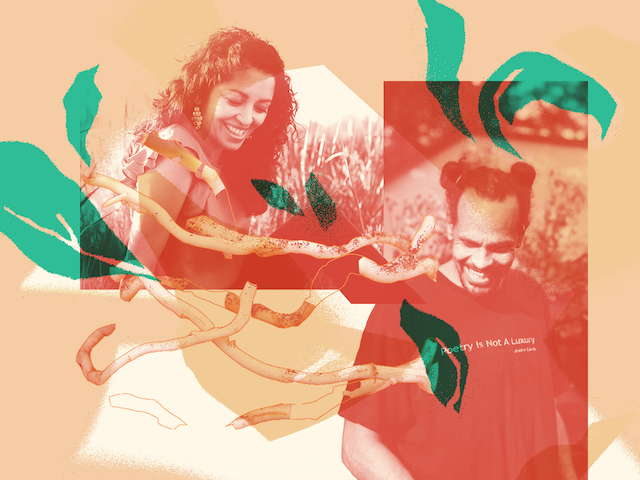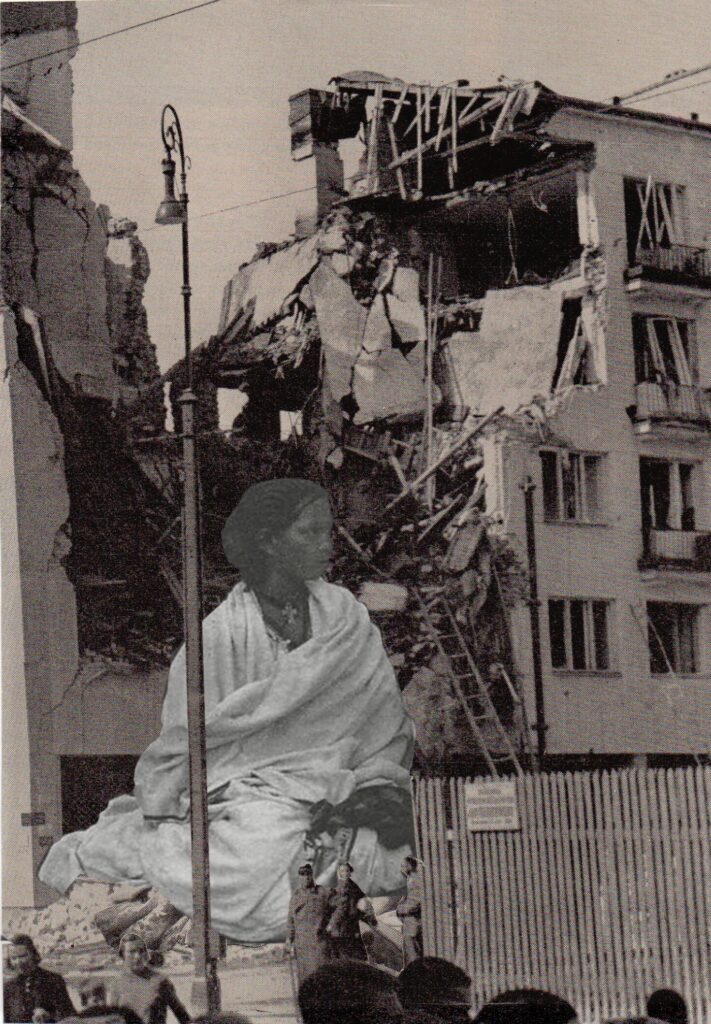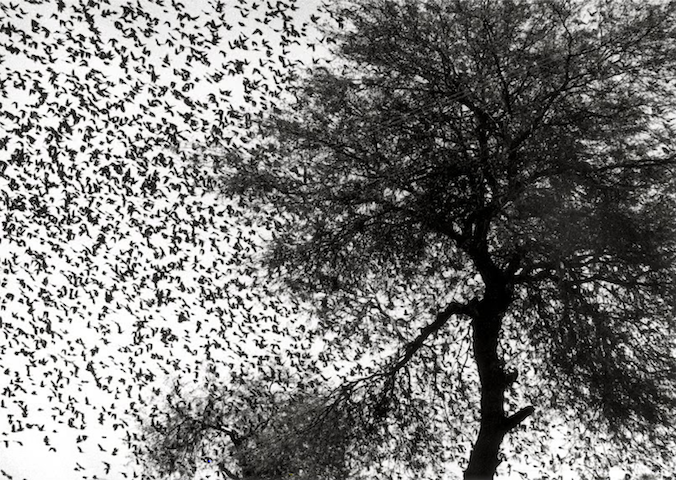The poets talk creative collaboration, gardening, epistolary poetry, and the intimacy of sentences.

August 29, 2018
In the late July swelter and dragonfly buzz of the summer of 2011, we began a poem correspondence, based on no prompts, no assignments— just that we were to send a poem at least once a week, maybe more if we were lucky. No commentary needed. Happy mail.
After almost a year of writing to each other, together we boarded a train bound for the Millay Colony for the Arts in the Berkshires in upstate New York. There, we met with several other writer friends (who were also working on independent projects of their own), and revised and finished this series of epistolary poems. Our collaborative chapbook, LACE & PYRITE (Organic Weapon Arts, 2014) is how we made sense and record of a full year from our respective gardens.
There’s bounty, yes; but there’s loss and sorrow too: like a garden, like a life. But as the leaf buds start swelling, as they start, even, unfurling—right around the corner!—it’s time to focus on bounty: sing at the crocuses, get those peas in. Make friends with someone who has a rhubarb patch. See if the community garden has a plot with your name on it. Find someone to help navigate this world in words. In fact, we’re digging into another poetry collaboration between us as we type this and hope it will be ready early next year!
—Aimee Nezhukumatathil & Ross Gay
Ross Gay
What did collaboration make possible in your poetry for this project?
Aimee Nezhukumatathil
That’s easy. As a writer with Type-A leanings, I learned how to give up control in my own writing process—control in drafts of poems and control in the finished poem. Of course, I mean that when I feel my writing is going well, it’s precisely because I have “let go” a bit to chase down a metaphor or image, but there was always a steadiness to my writing. I’ve written poems for over twenty years now and that’s no small feat to let my sense of control go in a collaboration. And yet, I was relieved—at least in our collaboration—because it very much felt like play and whimsy. Still, because they were epistolary with a writer whom I consider a friend and also one of my favorite poets alive, it was, I confess, scarier than I had anticipated. Our collaboration encouraged a vulnerability in me—for example, I believe it was the first time I ever broached the subject of ever losing my mother in a poem. Ever. How about you?
RG
Part of what I love about collaboration—and this kind of collaboration in particular, where you are automatically submitting to the process—means giving over to the sharing. Like: this thing is ours. That can be challenging, to be sure, because part of my inclination, a pretty big one, I have to say, is also controlling a thing, in this case, a poem. But there is this beautiful meeting of control and out-of-control that I think beautiful poems often come from, this interaction with mystery or something. You know, listening to something you don’t quite know what and moving with it. I feel like collaborating, or collaborating well (and happily!) requires some of that. So, I think it made and makes me more able to listen generally.
AN
In which ways did our collaboration influence or push your own solo writing?
RG
Well there are poems that I would not have known how to write, or that I would not have known to write in the first place, had it not been for this collaboration. The poem “Burial” in Catalogue is a version, I think an expanded version of a poem that first arrived in our collaboration. And that arrived because of something you did, some direction you sent our little craft in. You were the wind that made that poem happen! I’m glad for that. Of course, the pleasure of the collaboration was also about trying to match, or interact beautifully with your intense and wonderful interaction with your garden. So what that kind of means is that I was inclined to look more closely at my own garden, to be more fully in my own garden, on account of the beautiful ways you were writing being in your garden. And that means, as if you didn’t know, being happier.
AN
One of my favorite things about many of your poems is the sense of intimacy that is created by your line, your diction, and the long swoops of breathless sentences. When I teach your work, I know many of my students say that in reading your poems, they feel like a friend is talking to them. Anyone who knows the both of us personally knows that we can both be… let’s say, effusive, when we are talking about something we love, be it a narwhal or a paw-paw fruit. So it is probably no surprise that when I was working on poems in my new collection, Oceanic, I think there are a few poems where I found my sentences unspool a little longer than usual, especially when I was writing about wonderment. And that is a direct result of having you as one of my first readers—at that point, I was used to imagining you smile as you read say, one of my previous and extra effusive garden reports.
RG
How do you negotiate joy?
AN
Growing up in the 1970s and 80s, I didn’t have many models or representations of Asian Americans expressing something as simple as happiness. What little representation there was involved violent assassins or caricatures like Long Duk Dong from Sixteen Candles. It’s a heck of a thing to grow up without seeing anyone who looked like you even smile in a movie, music video, or TV show. It certainly didn’t appear in any of the books I was taught or found in my libraries (and I was a voracious reader who was searching for it!). I think of that anytime I get nervous or worried that expressing joy or wonder in a poem might not be so-called “poem material,” I think of that when I’m asked for a “serious” (i.e. non-smiling) author photo and I refuse, I think of that anytime I crack a goofy joke at a reading. Also, I’m a mom to two young sons and I’m so grateful that the media they consume now contains so much more diversity than the media I consumed as a kid. There’s still a long way to go, but most of all I’m grateful that they get to have books and pop culture where it isn’t so strange to see someone that looks like their mom expressing joy. And though I risk something by admitting that I love being their mom, that it truly brings me such happiness, I’m very conscious of them reading these poems down the line (my oldest sometimes reads them now, actually). But most importantly, I want them to always be able to know in deeds, not just in writing: We gave our mother so much joy. And finally, in writing about joy, I’m making a deliberate attempt to imagine and re-imagine the world.
RG
I am spending more and more time studying joy, in part because I suspect it is connected to (or one of the expressions of deep awareness of) love. And in part, too, because I think we have an obligation, like an ethical obligation, to study what we love, what we want to preserve and keep with us and grow. Joy strikes me as one of the ways we know we are in the midst of such things. It’s like a finger pointing to the thing, saying “Take care of this!” Saying, “Sing about this!” That might be a gathering of beloveds or it might mean someone giving you directions, both of you using languages you do not speak fluently. It might mean the green birds in Barcelona, or the sound of kids’ voices from somewhere you are not sure of. It might mean the creek like a xylophone when all the frogs hop in. Joy strikes me (it is funny that I am inclined to say that joy strikes me; this is a good strickenness, trust me) as, like, I don’t quite know how to say it, because I was going to say a kind of fabric between us, but it’s more like the way the fabric itself holds together. Joy alerts us to the moments when our alienation diminishes, or, even, disappears. It reminds us of our wholeness, our togetherness—which is the truth.



